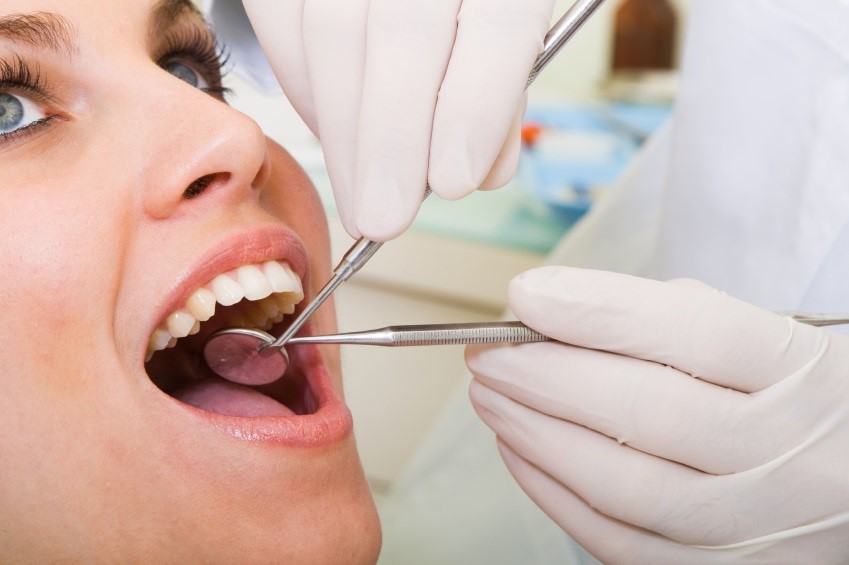You only get one set of adult teeth and they need to last you a lifetime. If that wasn’t enough to make sure you take your dental hygiene seriously, you should consider the fact that recent research confirms oral health and overall health are interlinked.
Looking after your teeth starts with daily brushing and flossing. You should be brushing for two minutes twice a day. This will help to prevent plaque and tartar from building up.
Alongside this, you should be visiting a dentist regularly. If you haven’t got one then take a look for a dentist near me and you’ll be able to book an appointment.
However, while a dentist is highly qualified, their focus is on general cleaning, cavities, and other teeth issues. Sometimes the general clean they offer isn’t enough and you’ll want your teeth deep cleaned. This is particularly relevant if you have an abundance of plaque or you have bacteria below the gum line, effectively the start of gum disease.
The Difference Between Regular & Deep Cleaning
A regular clean will remove all the plaque and tartar above the gumline. It’s a good idea to have this done every 6-12 months, in accordance with your dentist’s guidelines.
In contrast, a deep clean goes below the gumline. It is often referred to as scaling or root planning and its aim is to prevent the progression of gum disease.
In short, you’ll need deep cleaning if you have the start of gum disease. The only issue is that it’s not always possible to tell if you have gum disease as it may not be visible or cause pain.
Common Signs Of Gum Disease
If you do have signs of gum disease, which will tell you that you require a deep clean, then you’re likely to experience the following:
- A bad taste in your mouth all the time
- Bad breath regardless of what you do
- Gums that bleed very easily
- Swollen and tender gums, they may also look red and inflamed
- Gaps where the gums are starting to pull away from your teeth
These symptoms will be picked up during your regular dental check-up, which is why it is so important you go.
How A deep Clean Is Performed
You’ll be in the dentist’s chair as normal for the actual deep clean. But, prior to this, the dentist may x-ray your mouth to see the extent of the damage and whether there is any bone loss.
The dentist will then use a scaler which allows them to manually scrape the plaque off your teeth. This is done above and below the gumline. It isn’t usually painful although it will feel strange.
Alongside this, they are likely to use an ultrasonic tool. This has a vibrating metal tip that removes plaque, the water spray will wash it completely away.
If they plane your roots to eliminate plaque they will use a rubbing motion, this smooths the roots and makes it more difficult for bacteria to cling to them.
The dentist will use an anaesthetic to numb your gums and the cleaning is likely to take place over two visits, half your mouth at a time. There will be a follow-up 4-6 weeks later to ensure everything is okay.

Thomas Jackson is a dynamic and talented content writer at WonderWorldSpace.com, renowned for his engaging and informative articles. Beyond his professional pursuits in writing, Jack is also known for his deep passion for fitness, which not only shapes his lifestyle but also influences his work.


